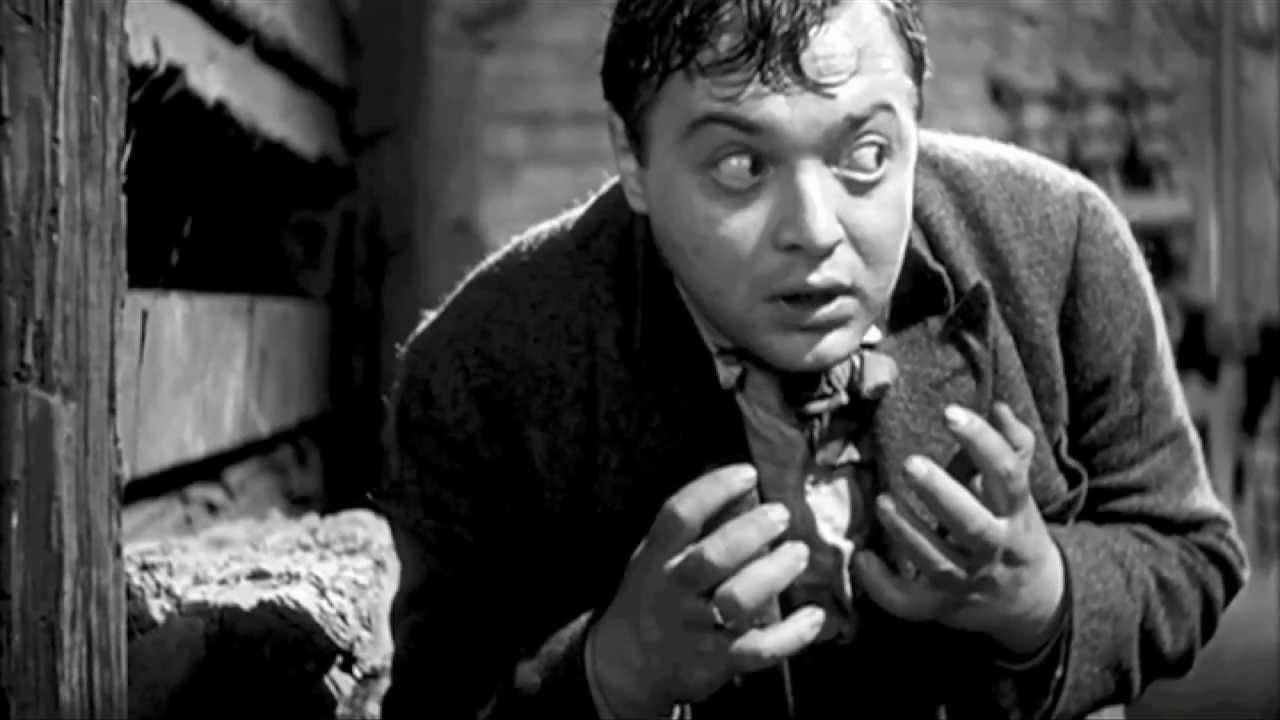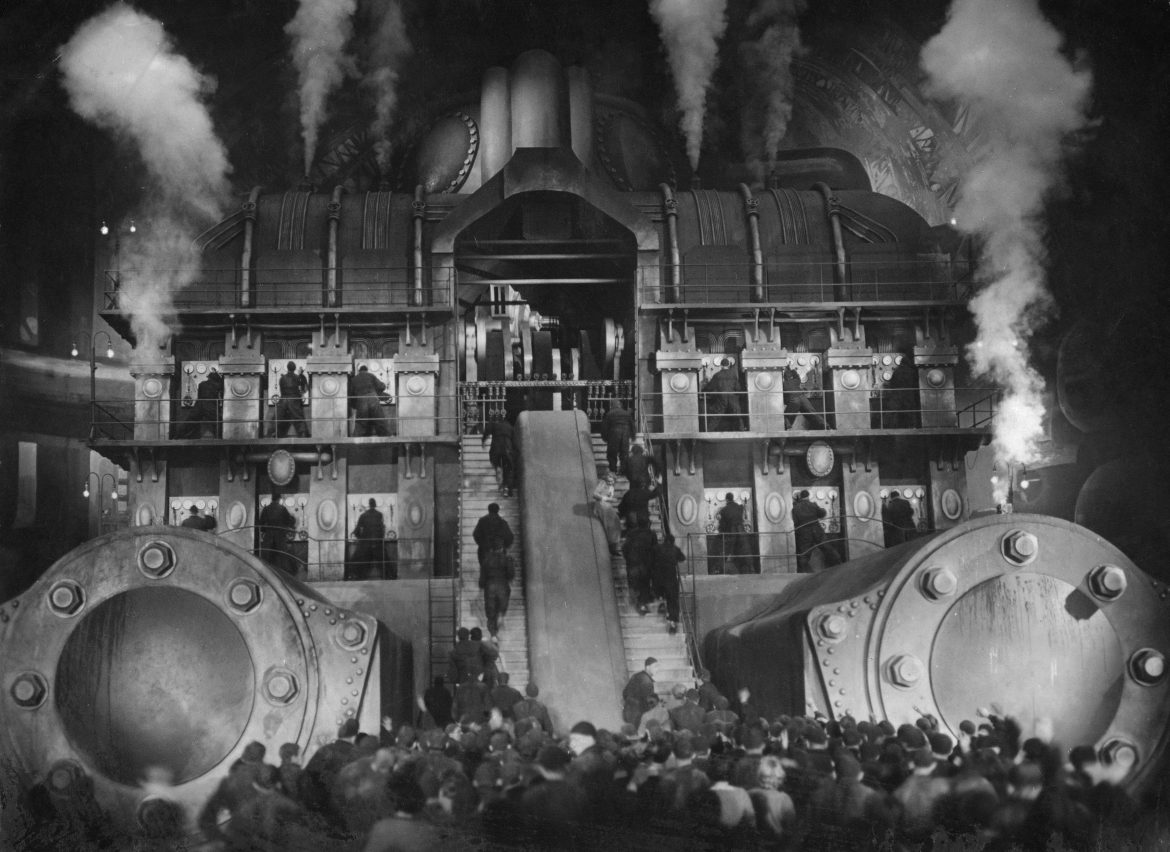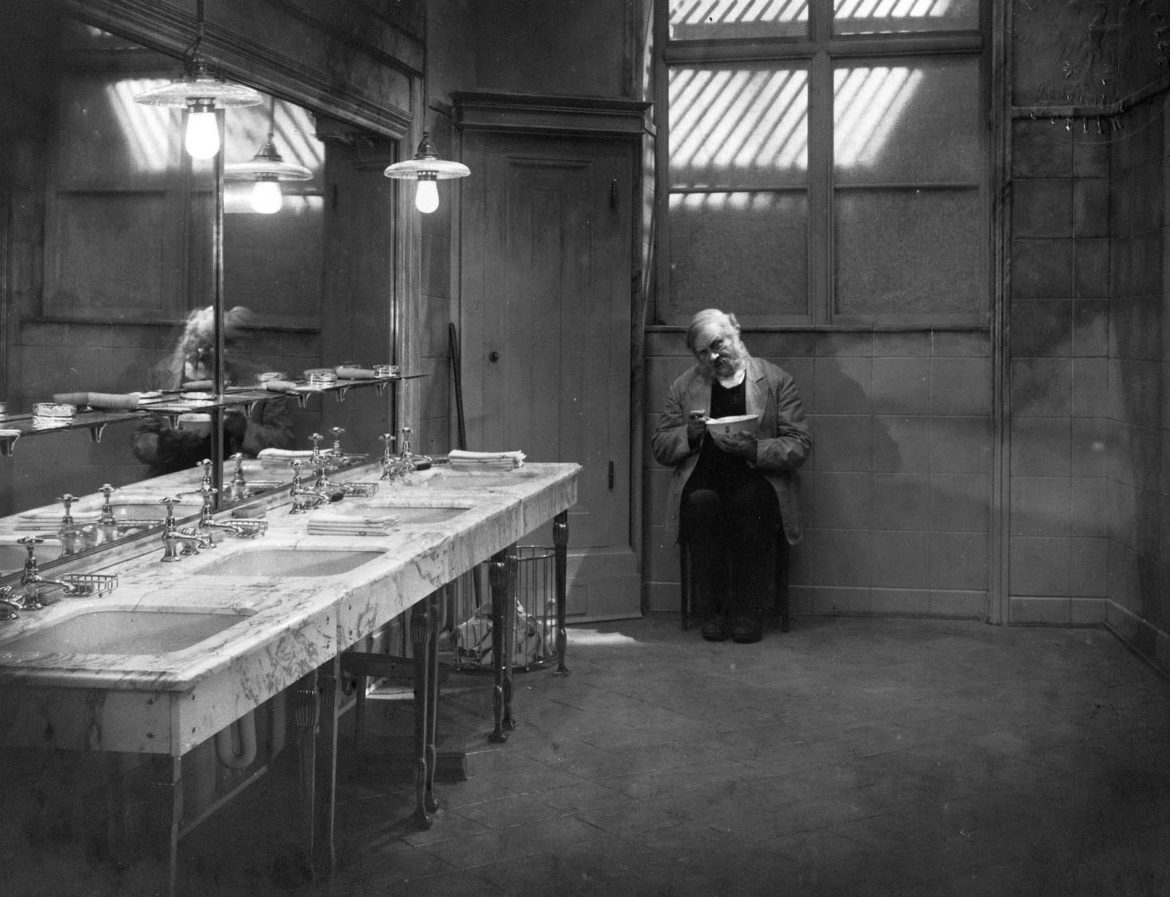Peter Greenaway has long been an arthouse staple, his background in painting evident in nearly every carefully considered frame. His cockeyed narratives (along with their ubiquity of actual cocks) have made him celebrated and divisive in equal measure, and Eisenstein in Guanajuato is arguably the British auteur at his most divisive, and definitely his most breathless.
Fritz Lang
It’s almost a cliche to focus on opening or closing shots of a movie, as though these bookends hold within them all the mysteries the “middle section” (i.e. the film) will explore. But in the case of Fritz Lang’s masterpiece M, that virtuoso opening really does clue us in to the kind of film we’ll be encountering, its aesthetic and concerns.
Metropolis is indisputably one of the most celebrated films of the Silent Era and the generally agreed-upon cinematic pinnacle of Weimar. A dystopian sci-fi landmark distinguished by incredible set design and in-camera tricks, director Fritz Lang’s monumental ode to “the heart” as the “mediator of head and hands” was hugely influential on dozens and dozens of films to follow.
In 1928, following the one-two punch of his celebrated U.S.-made releases Faust and Sunrise, and four years after he made The Last Laugh for UFA, the great German director F.W. Murnau predicted that the “films of the future will use more and more of these camera angles, or, as I prefer to call them, these dramatic angles.
When Atlanta rapper B.o.B. released his contemptible / ridiculous Neal deGrasse Tyson diss track “Flatline” earlier this week – in which he manages to tie together Flat Earth theories, Lizard People conspiracies, Holocaust denial, and a healthy dollop of “Protocol of the Elders of Zion”-inspired anti-Semitism into one shitty, shitty package – the internet erupted.





